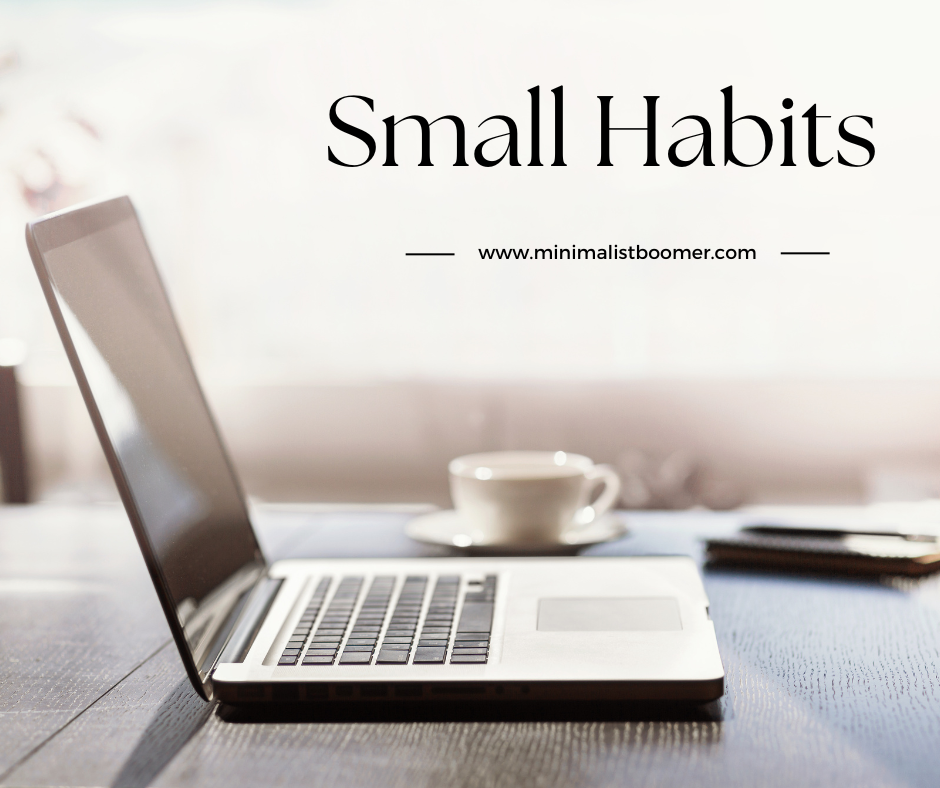It’s easy for clutter to accumulate without us even noticing. From physical possessions to digital distractions, invisible clutter can weigh us down and hinder our productivity. Let’s explore some practical tips and strategies to declutter your surroundings, clear your mind, and reclaim your focus. Say goodbye to the overwhelming invisible clutter and unlock a renewed sense of clarity and calmness.
Understanding Invisible Clutter
It’s not just physical clutter that can overwhelm us; invisible clutter can have a significant impact on our lives as well.
What is Invisible Clutter?

Invisible clutter refers to the intangible, digital, and mental elements that weigh us down and create a sense of chaos and overload. Unlike physical clutter that we can see and touch, invisible clutter is often subtle and easily overlooked. It can manifest in various forms, such as excessive digital notifications, mental distractions, endless to-do lists, and information overload.
Think about the constant stream of notifications, emails, social media updates, and news alerts that bombard us on any given day. These digital distractions can leave us feeling overwhelmed and unfocused, making it difficult to concentrate on what matters most. As a result, our productivity, creativity, and overall well-being can suffer.
The Impact of Invisible Clutter on Our Lives
Invisible clutter can have a profound impact on our lives, affecting both our mental and physical well-being. Here are some of the ways in which invisible clutter can negatively impact us:
- Increased stress levels: Constant exposure to digital noise and mental clutter can lead to heightened stress levels. Our brains are wired to process information, but when we’re bombarded with an excess of it, our stress response can be triggered. This chronic stress can contribute to feelings of anxiety, restlessness, and even burnout.
- Reduced productivity: The presence of invisible clutter can impair our ability to focus and concentrate on important tasks. With distractions constantly vying for our attention, it becomes challenging to stay on track and accomplish our goals efficiently. As a result, our productivity can suffer, and we may find ourselves struggling to meet deadlines or complete necessary tasks.
- Diminished creativity: Our minds need space to wander and daydream in order to foster creativity. But, invisible clutter can stifle our ability to think outside the box and come up with innovative ideas. When our minds are cluttered and overloaded, it becomes difficult to tap into our creative potential and explore new possibilities.
- Emotional burden: Invisible clutter not only affects our cognitive abilities but also takes a toll on our emotional well-being. Constant exposure to negative stimuli, overwhelming information, and digital noise can leave us feeling mentally drained, emotionally exhausted, and disconnected from ourselves and those around us.

Identifying Invisible Clutter
To regain control over our lives and find a sense of inner peace, one must address and minimize invisible clutter.
Physical Clutter vs. Invisible Clutter
When we think about clutter, the first thing that often comes to mind is physical clutter – the piles of clothes, stacks of papers, and miscellaneous items taking up space in our homes. However, there is another type of clutter that often goes unnoticed – invisible clutter. Unlike physical clutter, invisible clutter refers to the mental and emotional baggage that we carry around with us. It can manifest in various forms such as negative beliefs, unresolved conflicts, and excess responsibilities that weigh us down.
While physical clutter is visible and tangible, invisible clutter is more elusive but equally impactful on our well-being. It tends to accumulate over time, subtly affecting our thoughts, emotions, and overall quality of life. Many people are unaware of the presence of invisible clutter until they start experiencing its negative effects. The good news is that once we become aware of it, we can take steps to identify and release this invisible clutter, freeing ourselves from its burden.

Signs of Invisible Clutter in Your Life
- Feeling overwhelmed and constantly stressed: If you often find yourself overwhelmed, stressed, or anxious without a clear reason, it may be a sign that invisible clutter is taking a toll on your mental and emotional well-being. Unresolved conflicts, unfulfilled obligations, and limiting beliefs can all contribute to this overwhelming feeling.
- Lack of focus and mental clarity: Invisible clutter can cloud our minds, making it difficult to concentrate and stay focused on tasks.
- Persistent negative thoughts and beliefs: Negative self-talk, self-doubt, and limiting beliefs are all forms of invisible clutter that can hinder personal growth and happiness. If you often find yourself caught in a cycle of negative thoughts and beliefs, it’s essential to recognize these patterns and work on clearing them out.
- Unresolved conflicts and strained relationships: Holding onto unresolved conflicts, grudges, or resentment can create invisible clutter in our relationships. It can lead to strained interactions, increased stress, and a general sense of unease. Recognizing these conflicts and taking steps to address them is crucial for maintaining healthy connections.
- Feeling a lack of fulfillment or purpose: Invisible clutter can create a sense of emptiness or dissatisfaction in our lives. It may be a result of pursuing goals or roles that don’t align with our true desires and values. Understanding what truly brings fulfillment and purpose to our lives can help us declutter and focus on what truly matters.
Identifying the signs of invisible clutter is the first step in letting it go. By recognizing its presence in our lives, we can begin the process of decluttering our minds and creating space for more positivity, clarity, and joy.
Letting Go of Invisible Clutter
“Clutter is not just the stuff on your floor, it’s anything that stands between you and the life you want to be living.” – Peter Walsh
Letting go of invisible clutter is a continuous process that requires self-reflection, awareness, and conscious effort. By releasing negative thoughts, limiting beliefs, and unresolved emotions, we create space for personal growth, happiness, and fulfillment. Embrace the art of letting go and discover the freedom that awaits you. Here are some strategies to help you along your journey:
Self-Reflection and Awareness
Take the time to reflect on your thoughts, beliefs, emotions, and relationships. Being aware of what is cluttering your mind and heart is the first step towards letting go.
Embrace Change
Change is inevitable and necessary for personal growth. Embrace the idea of letting go and be open to new experiences and perspectives.
Practice Forgiveness

Forgiveness is not about condoning or forgetting, but about freeing yourself from the burden of resentment and anger. Forgive others and yourself to release the invisible clutter that weighs you down.
Cultivate Gratitude
Practicing gratitude allows you to shift your focus from what is cluttering your mind to what brings you joy and fulfillment. Take a moment each day to appreciate the positive aspects of your life.

Freeing ourselves from the grips of invisible clutter is not only liberating but also essential for a more productive and fulfilling life. By letting go of the intangible distractions that weigh us down, we create space for clarity, focus, and growth. Through mindful practices such as decluttering our digital devices, organizing our thoughts, and prioritizing our commitments, we can regain control over our lives and achieve a sense of calm and purpose.
Remember, invisible clutter may be unseen, but its impact on our well-being is undeniable. So, let’s take the necessary steps to let it go and embrace a simpler, more meaningful existence.




